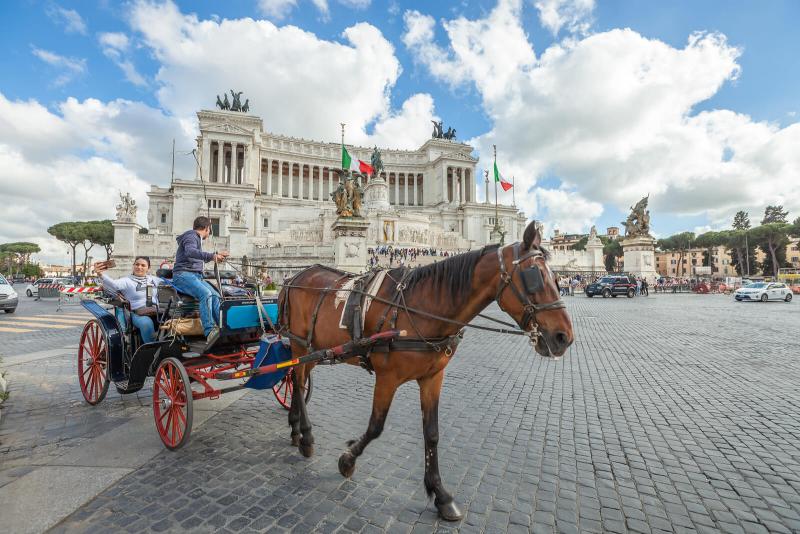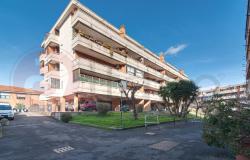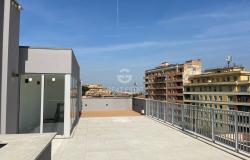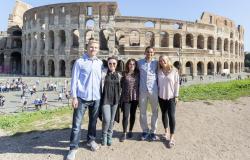Rome’s famous horse-drawn carriages – the so-called ‘botticelle’ – may no longer be used to carry tourists around town to tour the Italian capital’s most famous sights, but will only be available for a ride in the city’s parks and historic villas’ gardens.
The measure was passed by Rome’s environmental committee, after the issue has been debated for years, with animals rights groups arguing that the horses, by nature fearful and vulnerable, were caused useless suffering and threats to their safety, having to move among Rome's traffic-clogged streets, with further strain caused by uneven cobblestones.
In the past, horses have even died in accidents, such as when one was hit by a car and another broke a leg on a cobbled street near the Colosseum and had to be put down.
"Among the key aims of the measure is to avoid all suffering to the horses, taking the botticelle activities to more suitable locations like parks and historic villas," said the head of the Rome environmental committee, Daniele Diaco of the ruling 5-Star Movement (M5S).
The regulation would also limit each ride to 45 minutes and each working day to six hours; in addition, it would ban trips when temperatures pass 30°C, which they usually do in summer, Rome’s busy tourist season, and at any time between 11am and 6pm from June 1st to September 30th.
‘Botticella’ is the Roman name for horse-drawn carriages, typical of the city. The name derives from ‘barrel’, botte in Italian, which suggests the original function of this means of transport, that is, to carry heavy loads when motorized vehicles weren’t yet in use. At the time, horses trotted along isolated and tranquil streets.
Tourists have been paying an average of €75 per person per hour to ride the horse-drawn carriages.
Botticelle drivers will be given the option apply for taxi licenses, while no new botticelle licenses will be issued.









